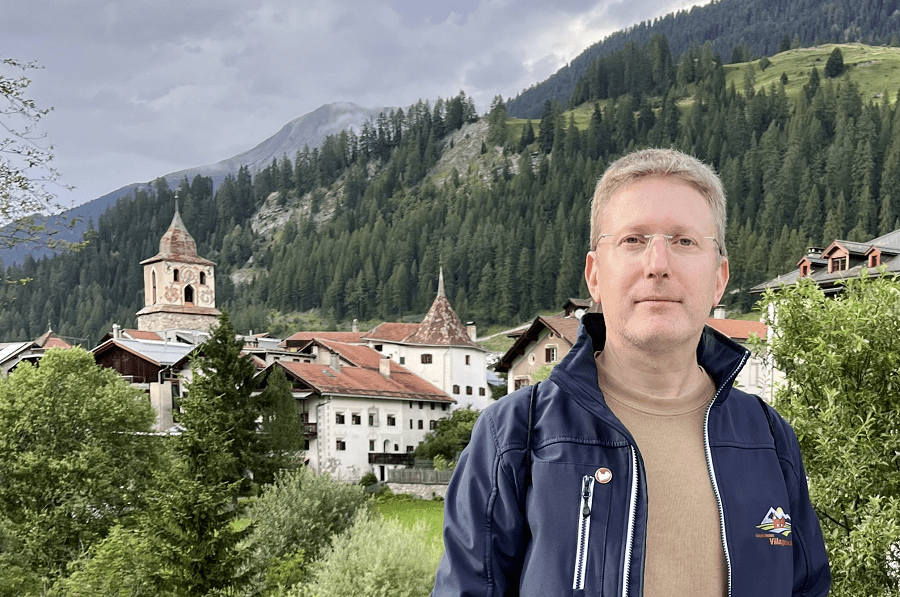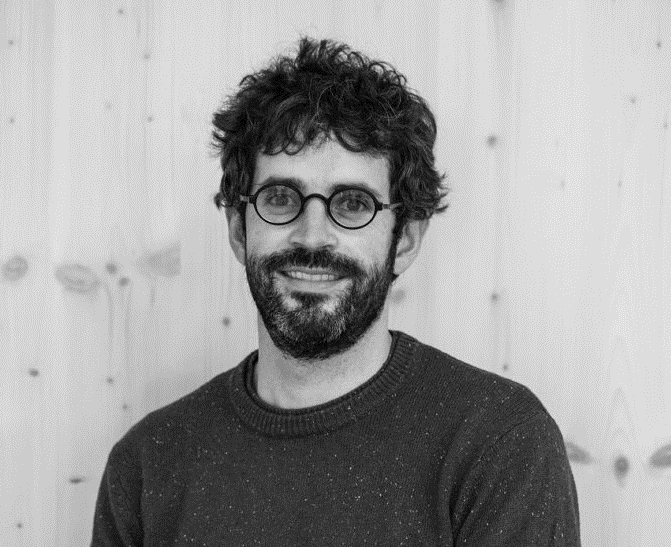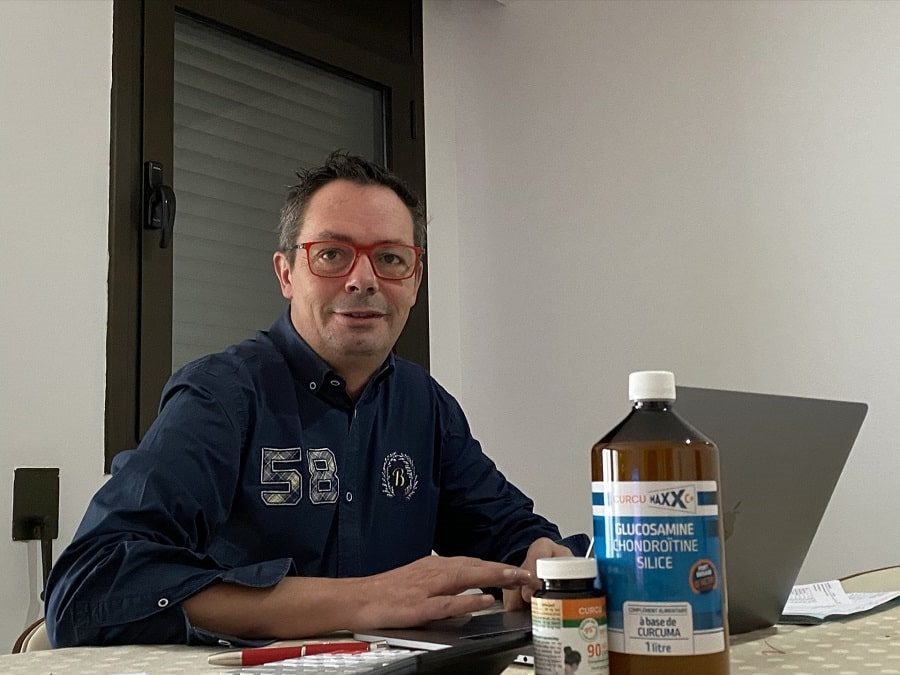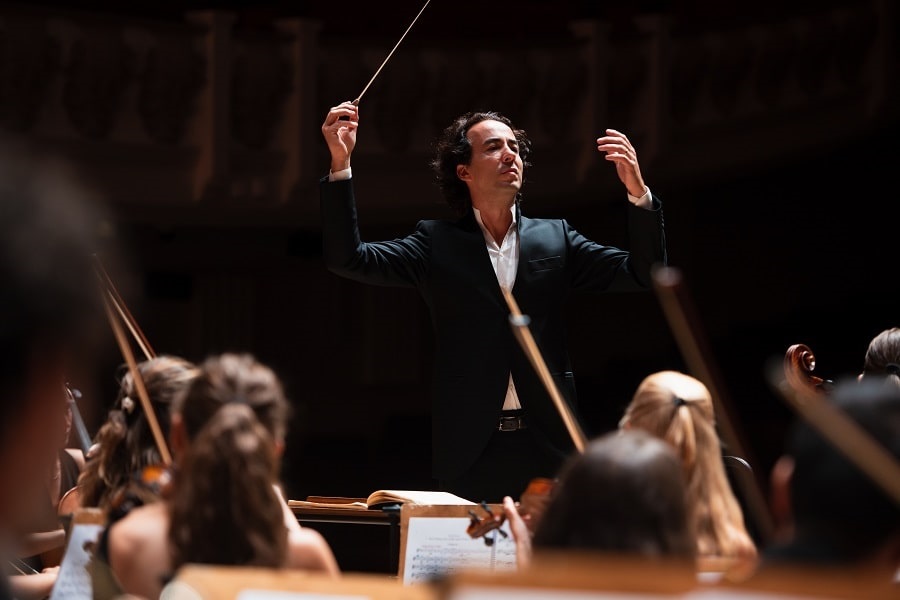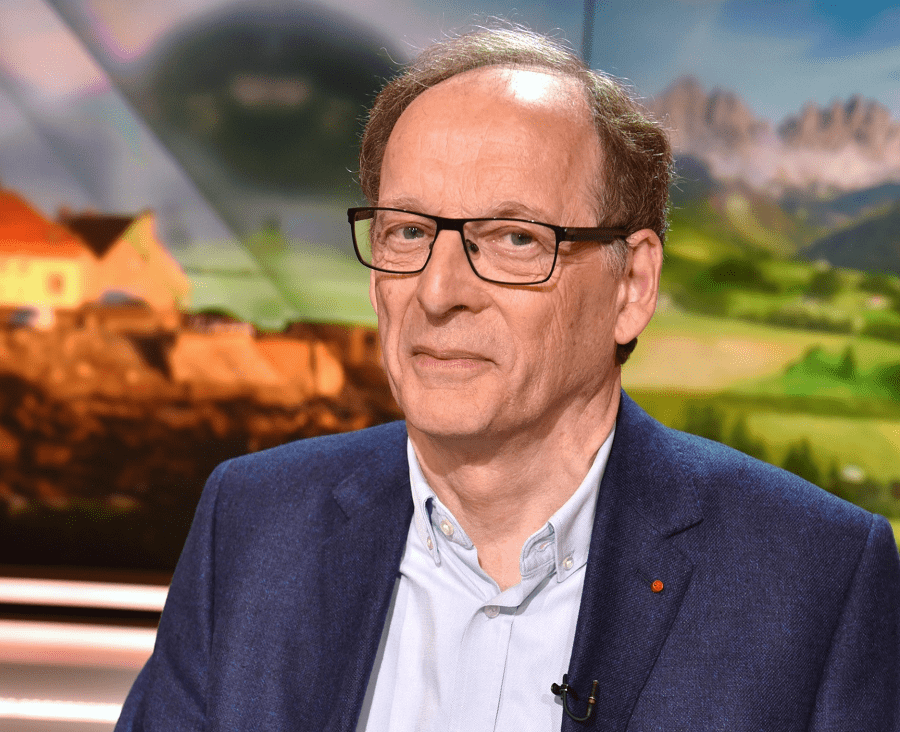Kevin Quattropani, President of “The most beautiful Villages in Switzerland” association, revealed the secret of Switzerland’s prosperity, talked about new trends in “slow tourism”, named a list of the most beautiful villages in Switzerland and shared his plans to create a network of “The most beautiful villages of European micro-states”.
Interview: Irina Rybalchenko
Why Switzerland has an international reputation as one of the best-managed countries in the world. What’s your secret?
That’s a good question, as we often wonder what the “secret” is. I believe that tolerance and respect for diversity are the basis. Our country is small, but it’s located in the center of Europe and has three distinct cultures (Italian, French and German) that live together peacefully because they respect each other.
Direct democracy is very important to us and we take it seriously, so that the population participates widely in the running of the state. Of course, today’s international situation puts pressure on our neutrality and it’s not always easy to exercise it, but being geographically at the center of Europe, I think it’s understandable.
What is the history of “The most beautiful Villages in Switzerland” association? Are its principles in line with those of the same associations of France and Spain?
“The most beautiful Villages in Switzerland” association was founded in 2015 in Lugano, Ticino. It now has 49 member villages; 22 in German-speaking Switzerland, 19 in French-speaking Switzerland, 7 in Italian-speaking Switzerland and 1 in the Principality of Liechtenstein.
The strength of our villages lies in their diversity. In just 40 minutes by car, you can go from the palm trees and Mediterranean ambience of Ascona to the pine trees and Alpine landscape of the Walser village of Bosco Gurin; from well-known villages like Gruyères and Grimentz to semi-unknown (but very authentic) villages like Tschlin or Bursins. In short, it’s a huge variety in a small country like Switzerland. Our quality charter is inspired in particular by the French and Italian associations of the most beautiful villages. The criteria are very similar for all member associations of the international federation.
Since 2017, you’ve been member of the international federation of the most beautiful Villages of the World along with Spain, France, Italy, Russia, Lebanon, Wallonia, Saxony and Japan. What does this mean? Are there any common travel destinations with these countries?
Belonging to an international federation is very important to us. Indeed, we firmly believe in collaboration between nations, and we find that when we share goals and methods, working together comes naturally. We have learned a great deal from the French and Spanish associations. At present, each national association has its own network of tourist routes, but we’re working on setting up a European network. Indeed, many of the villages lie close to the border in Spain, France and Switzerland, and a cross-border route could be envisaged.
What’s the story behind Liechtenstein’s inclusion on the list of Switzerland’s most beautiful villages? Can other European micro-states like Andorra, for example, join the list, and what are the conditions for inclusion?
Liechtenstein is a small country with just 11 municipalities. It would therefore not have been interesting for them to create an association bringing together only the most beautiful villages in their country, as a certain critical mass is needed to create a network. It therefore seemed natural to us, having so much in common with them, to include Triesenberg, the Principality’s most beautiful village, in our network.
Andorra also has some very beautiful villages and, in my opinion, at least three of them deserve to be part of such a network. Given the geographical situation, it would be more natural to join the Spanish or French network, but given their current status, it probably wouldn’t be so easy. As, in addition to Liechtenstein, we have contacts with other small states, we are considering the possibility of creating a network of the most beautiful Villages in European micro-states, and in this case, Andorra would fit perfectly.
Are there any statistics on the number of foreign tourists visiting Switzerland’s most beautiful villages, and what percentage do they represent of total foreign tourism in Switzerland?
In Switzerland, statistics refer more to the canton than the municipality, but there’s no doubt that the percentage of tourists visiting places further afield than the classic Zermatt-Interlaken-St. Moritz route is growing all the time. Switzerland Tourism has noticed this, with its focus on villages and rural areas. Many of our mayors have noticed a marked increase in the number of foreign-registered cars, particularly in villages that previously enjoyed only very local tourism.
Generally speaking, “slow” tourism and the search for authentic localities are definitely a trend in Switzerland (and elsewhere).
Could you name the most visited beautiful villages in Switzerland? To what is this due: legend, logistics, infrastructure, architecture, price?
The most beautiful visited villages in our network are Gruyères and Grimentz in French-speaking Switzerland, Bergün and Bremgarten in German-speaking Switzerland, and Ascona and Morcote in Italian-speaking Switzerland. Gruyères owes its fame to its beautiful castle and famous cheese, while Grimentz owes its renown to its old châlets and skiing.
Bergün boasts Europe’s longest sledding track and the Albula railroad, a UNESCO World Heritage Site, while Bremgarten boasts Switzerland’s largest Christmas market and a remarkable old town. Finally, Ascona dominates Lake Maggiore with its beautiful, colorful houses, while Morcote boasts lush Mediterranean vegetation and old wooden arcades on the shores of Lake Lugano.
How many applications are currently pending? How long does the application process take?
It is possible for a village to apply, but it is generally our scientific committee that evaluates the various municipalities, to which a letter of invitation is then sent. Swiss municipalities are not very active in this respect and need to be made more aware. The admission procedure (we currently have 3 applications in progress) can take from a minimum of three weeks to a maximum of six months, depending on a number of factors. We also try to take into account the network as a whole, and therefore the location of each village, in order to be present across the nation. We are currently present in 18 of the 26 cantons.
How exactly do you cooperate with associations in France, Spain and other countries?
The Federation of the most beautiful Villages of the World meets at least once a year. The most recent meeting took place in May, in Kyoto Prefecture, Japan. These meetings are a great opportunity to exchange ideas and “best practices” within the international network. As Swiss, we favor bilateral collaboration, which allows us to have closer synergy, joint projects and more frequent meetings with Italy, France and Spain in particular. In September, the scientific committee of “The most beautiful villages of France” association will be visiting our village of Dardagny, in the canton of Geneva, which is only 40 kilometres from their village of Yvoire, for an exchange of views.



